BRI: reviving Turkish business?
Experts at a recent conference on China’s Belt and Road Initiative, hosted in Istanbul, spoke of its many advantages to the region, but also on the challenges involved in attracting financing
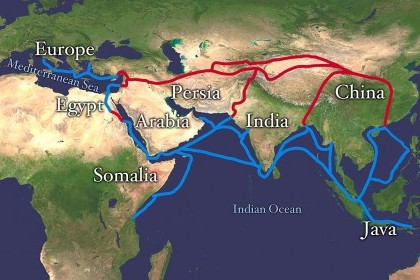 Courtesy: Wikipedia
Courtesy: Wikipedia
Experts at a recent conference on China’s Belt and Road Initiative, hosted in Istanbul, spoke of its many advantages to the region, but also on the challenges involved in attracting financing
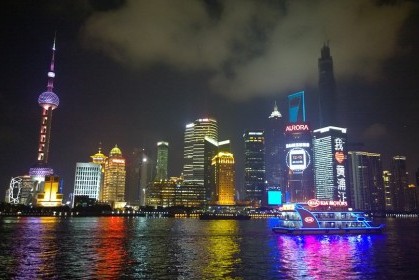 Courtesy: Pixabay
Courtesy: Pixabay
An opportunity to be a part of a recent think tank delegation to China offered the author insight into China’s foreign policy, development plans and issues affecting the India-China bilateral relationship. Gaps in perception that keep both countries apart must be bridged for them to leverage their emerging positions in Asia and the world
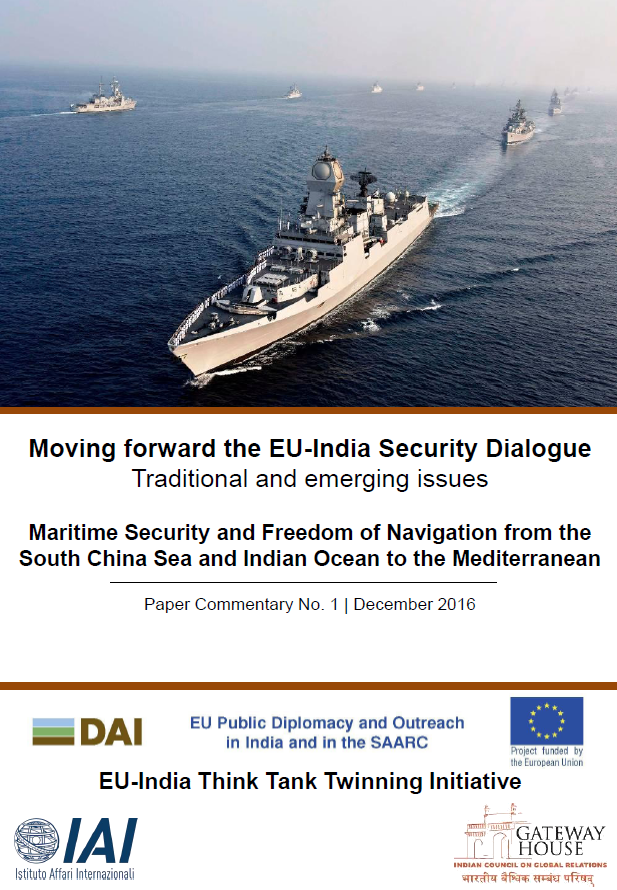 Courtesy: Wikipedia
Courtesy: Wikipedia
With common objectives in the Indo-Pacific, the maritime sphere is a good opportunity for India and the EU to deepen cooperation. They must focus on preventing outbreak of an inter-state armed conflict; addressing maritime piracy; adhering to the UNCLOS; and developing maritime infrastructure and the blue economy in the region
 Courtesy: Gateway House
Courtesy: Gateway House
2016 has been marked by unprecedented geopolitical dislocations and dispersals. In January 2016, Gateway House, identified the major emerging global trends. As the year comes to an end, several developments have confirmed these forecasted trends
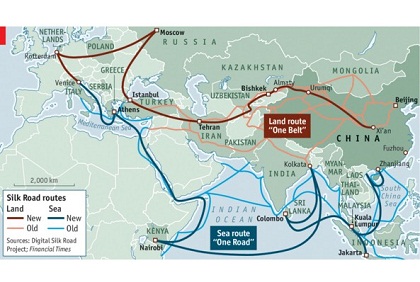 Courtesy: The Economist
Courtesy: The Economist
India may be less dependent on the Chinese market than some other countries in the region, but it too wants Chinese investment—and this ambivalence has been evident in India’s varying approach to the AIIB and OBOR. To balance this dilemma in an increasingly complex Asia, India must work with others, in particular with European countries
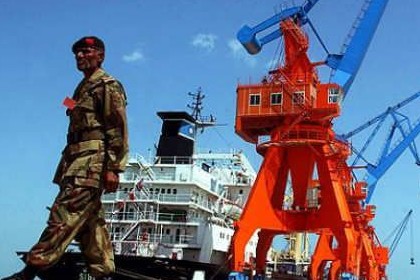 Courtesy: AP
Courtesy: AP
India’s new focus on Balochistan has more to do with the China Pakistan Economic Corridor (CPEC) than with Kashmir. China understands that CPEC may not be achievable. But there are real dangers in reviving Pakistani fears of secessionism and in broadening the field of Indo-Pakistani conflict beyond the confines of Kashmir.
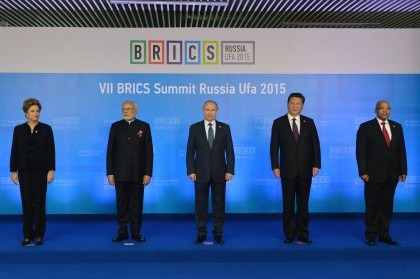 Courtesy: Wikipedia
Courtesy: Wikipedia
At a recent international seminar on BRICS Studies, in addition to the predictable themes such as building a multipolar world order and the One Belt One Road project, fresh ground was also covered, including the contours of the New Development Bank and the potential impact of the refugee crisis on BRICS countries.
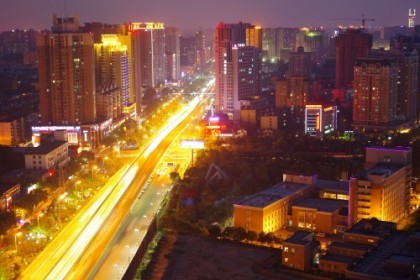 Courtesy: Wikimedia
Courtesy: Wikimedia
The ‘One Belt, One Road’ initiative announced by China last year is being actively implemented at the provincial level. A recent conference in Lianyungang, Jiangsu province, provided a glimpse of China’s multi-pronged strategy to harness various resources available to make OBOR a success.
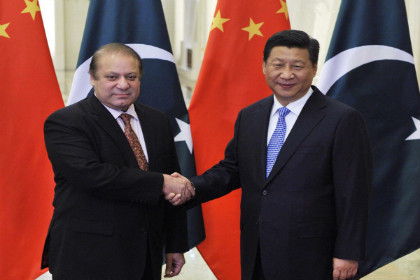 Courtesy:
Courtesy:
While China will seek India’s cooperation on its ambitious ‘One Belt, One Road’ project during Prime Minister Modi’s visit this week, Indian policy makers must soon articulate a definite stand on this transnational corridor by bridging the country’s security concerns and the benefits of such an engagement with China.
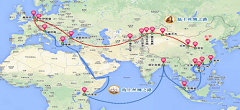 Courtesy: Xinhua
Courtesy: Xinhua
China’s Silk Road Economic Belt initiative will feature prominently on the agenda when Prime Minister Modi visits Beijing and Shanghai on 14 May. India can make a strong move to co-design the framework and details of this initiative – making it truly collaborative and win-win for all of Asia